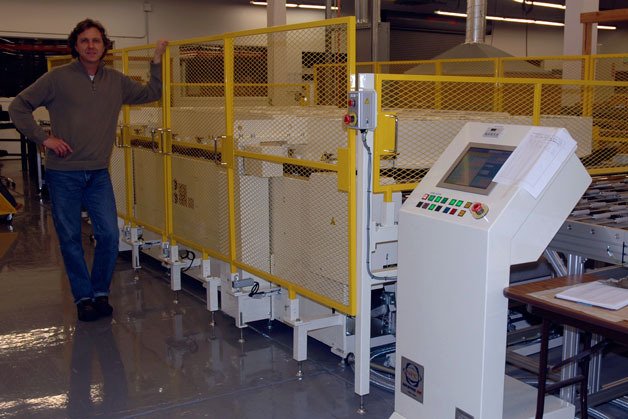MARYSVILLE — In addition to staging cleanup and recycling events in time for Earth Day, the local community is also home to alternative energy sources that can help area residents conserve natural resources while saving some money in the long run.
Solar energy allows many home and business owners to collect enough power that the excess can be pumped back into the grid, but customers might be wary of the initial investment cost. According to Gary Shaver, there are a number of ways in which consumers can make money back from switching to solar.
“Depending on your tax bracket, the federal government could give you 30 percent back on the cost of your system,” said Shaver, president and CEO of the Marysville-based Silicon Energy company, formerly located in Arlington. “You can also check with the Snohomish County PUD about low-interest financing.”
Shaver cited Washington state’s “progressive incentive programs,” which pay solar power users for the energy they generate as another way that solar power systems can pay for themselves.
“Many people don’t realize that they pay 8 cents per kilowatt hour for their electricity,” Shaver said. “With solar, the state pays you 54 cents per kilowatt hour, and with the additional savings of the 8 cents per kilowatt hour that you’re no longer paying, it’s a value of 62 cents per kilowatt hour. You’re looking at a gain of about $5,000 per year.”
In order to pay off long-term dividends, a solar power system needs to be durable enough to last, which is why Shaver was also pleased to announce that out of a group of half a dozen solar companies whose products have been tested continuously by the U.S. Department of Energy’s National Renewable Energy Laboratory since November of 2009, Silicon Energy is the only one whose modules have not yet failed.
“A warranty by itself doesn’t show real durability,” Shaver said. “NREL put all these companies’ modules through simulated aging, subjecting them to 85 percent humidity and temperature cycles of 85 to minus 4 degrees Celsius. The other panels heated up and lost electrical efficiency, while our panels stayed evened out and had a negligible performance drop, even after 60 years of simulated aging.”
Shaver touted Silicon Energy’s systems as environmentally friendly on two fronts, by lasting long enough that less of them will wind up in landfills, and by being manufactured from inert materials such as glass casings.
“The incentives for solar are focused on creating local manufacturing jobs,” Shaver said. “We liked Arlington a lot, and we still have good relations with them, but we just needed more space. We’ve been in Marysville for almost a year now, and they’ve been great to us.”
Silicon Energy’s nearly 27,000-square-foot facility is located at 3506 124th St. NE in Marysville. For more information, log onto www.silicon-energy.com.







